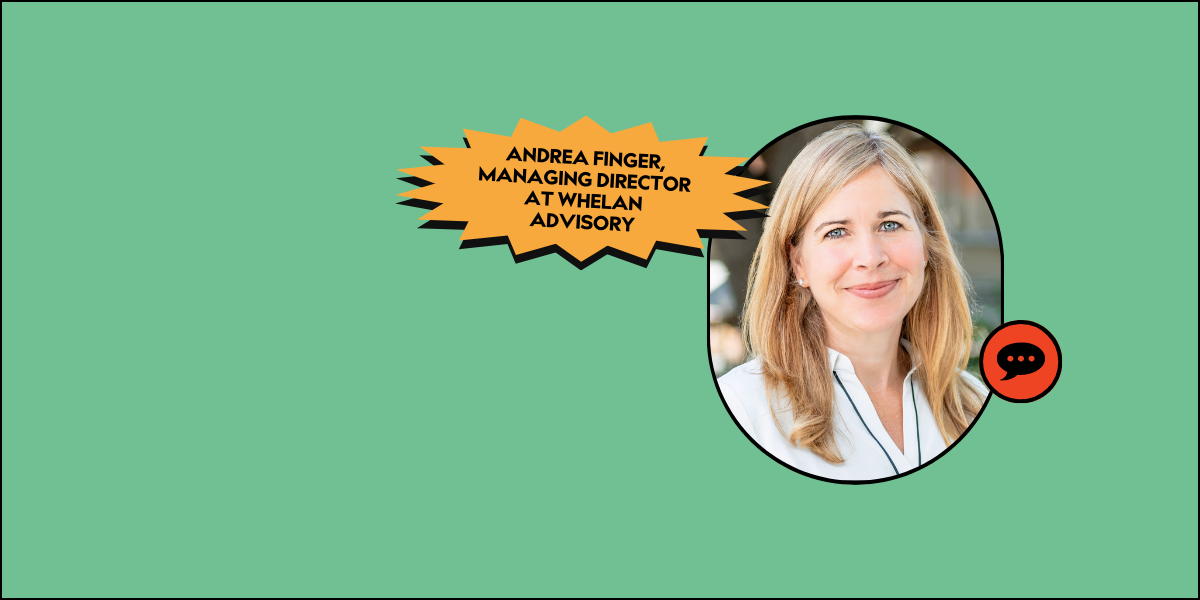Listen to the article
In-Person, Remote & Hybrid: How we Translate our Company Culture
When the pandemic hit, companies had to figure out how to make remote employment work for their business. It was hard for those companies stuck in the traditional in-office 9-5 set-up. But for PlanOmatic, the adjustment was easy because the team was already working with remote employees.
In early 2019, Kristen Simmons, Director of Operations, handed in her two-weeks notice. Not because she didn’t want to work for PlanOmatic anymore, but because she was moving across the country to North Carolina and didn’t think it was possible to still work for Colorado-based PlanOmatic. But, her manager asked if she’d consider remote work and stay with the company, and that’s where the remote work evolution began at PlanOmatic.
Adjusting to a Remote Environment
You might think that Kristen was in the best possible position. She got to live where she wanted and work for a company she loved – but it took time to adjust. Kristen had enjoyed the in-person camaraderie of the workplace, and she was one of only three people working remotely. So, it was hard to translate the culture she loved to a virtual environment at first.
However, Kristen quickly took steps to replicate the work environment she enjoyed. She set specific work hours, routines, and goals and made sure she communicated them with her team. The clarity made the transition easier. Then, COVID-19 hit, and offices shut down, but Kristen was now an expert at remote work and helped the team adapt.
Translating Culture to a Virtual Environment
Stephanie Smith, Senior Manager of People and Culture, also worked to bring the fantastic PlanOmatic culture to a remote setting. One way she did this was through daily “meet-ups.” The team would get together digitally for just fifteen minutes every day and do an exercise together. Kristen said that the exercise meet-ups were a great way that Stephanie showed the team how to prioritize physical and mental fitness and togetherness.
Another way that employees continued to build relationships and improve on communication remotely was through team huddles. Team huddles are weekly meetings with the entire team to let everyone come together and discuss work projects and their plans for the weekend too.
How to Keep Remote Employees Happy
Communication is key. With honest communication, you can build trust and connection among your employees. Kristen recommends picking up the phone and having a call with staff. It’s quick, easy, and doesn’t cause a significant distraction. Avoid only talking about work, too. Instead, have a personal phone conversation to connect one-on-one. Another option is Slack. Slack is great for quick communication that you can reference later.
Kristen also recommends using the “could this meeting be an email?” rule. Remote workers often have over twenty hours of meetings a week on their calendars. That’s not a lot of time to take care of work responsibilities. So, she recommends not accepting all meetings and offering a phone call or email instead. When you join too many meetings, you work weekends and nights to catch up. That’s a surefire way to get burnt out. That’s not the culture PlanOmatic wants to perpetuate.
Finally, Kristen recommends listening to your people. At PlanOmatic, they take every opportunity to listen to employees and implement their suggestions to improve the culture. As one of the first remote employees, Kristen saw firsthand how the People and Culture Department would genuinely listen and try to implement her suggestions to make it easier to work remotely.
Growing the Remote Talent Pool
With remote options, the PlanOmatic talent pool has grown even bigger. In 2022 alone, PlanOmatic has added over twenty new employees from all over the country. When you’re not limited to hiring in one location it’s easier to bring top talent on board.
PlanOmatic works with single-family rental (SFR) investors and property managers who manage properties remotely, so it’s a natural transition to provide the option for employees to be remote.
If you’re looking to work for a remote organization, consider PlanOmatic. Kristen says, “At other companies, it’s hit your numbers and logout mentality, but at PlanOmatic, the culture is different. We’re working as a team and challenging each other. We’re clear with goals, so everyone works together to reach them.”





